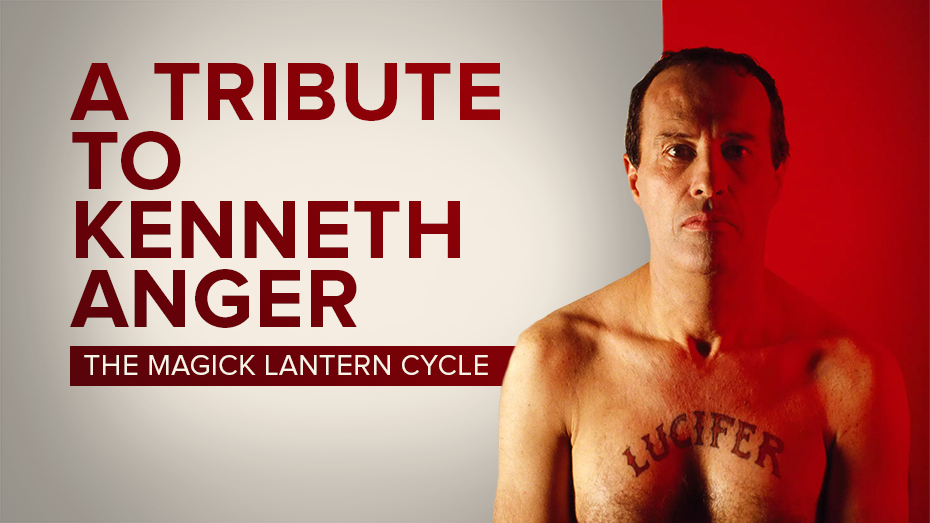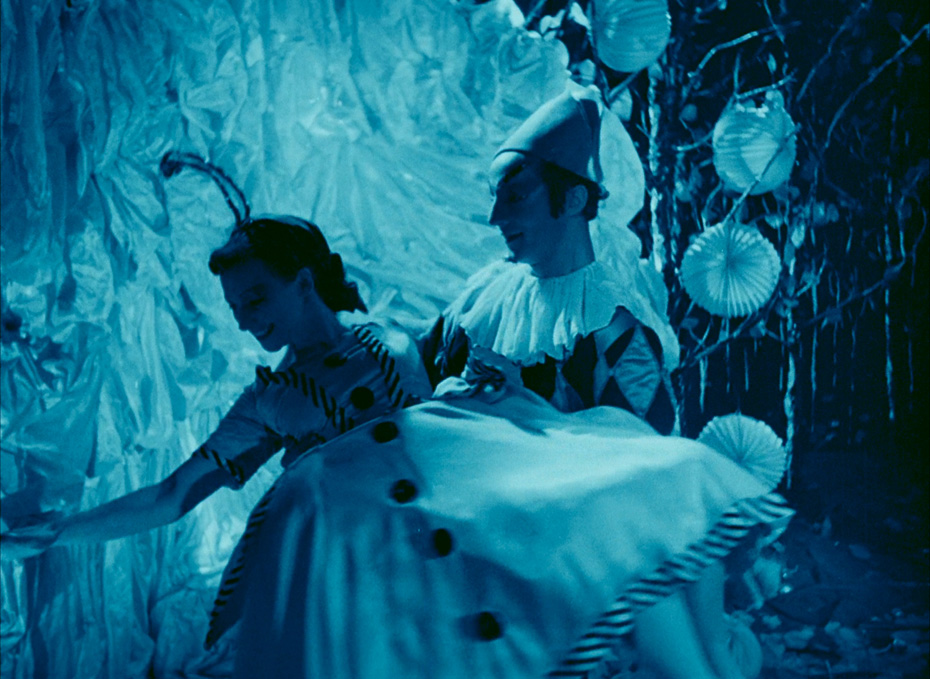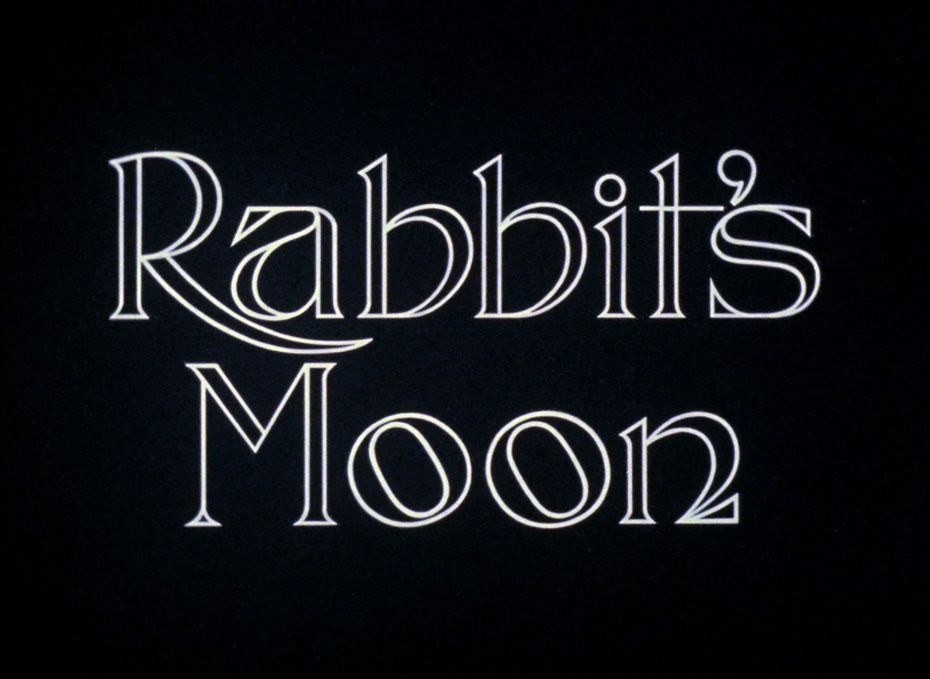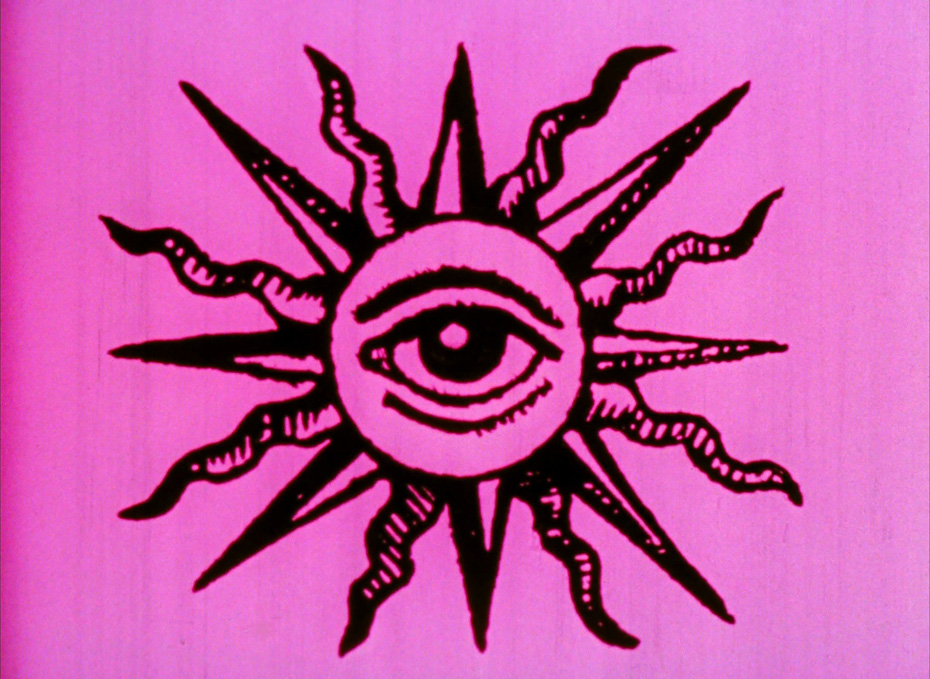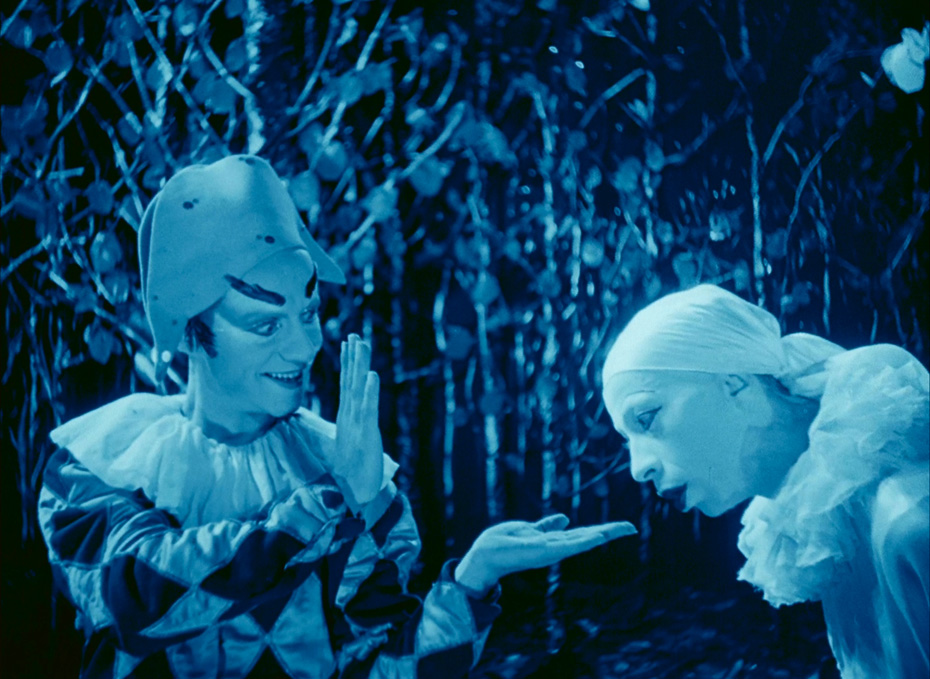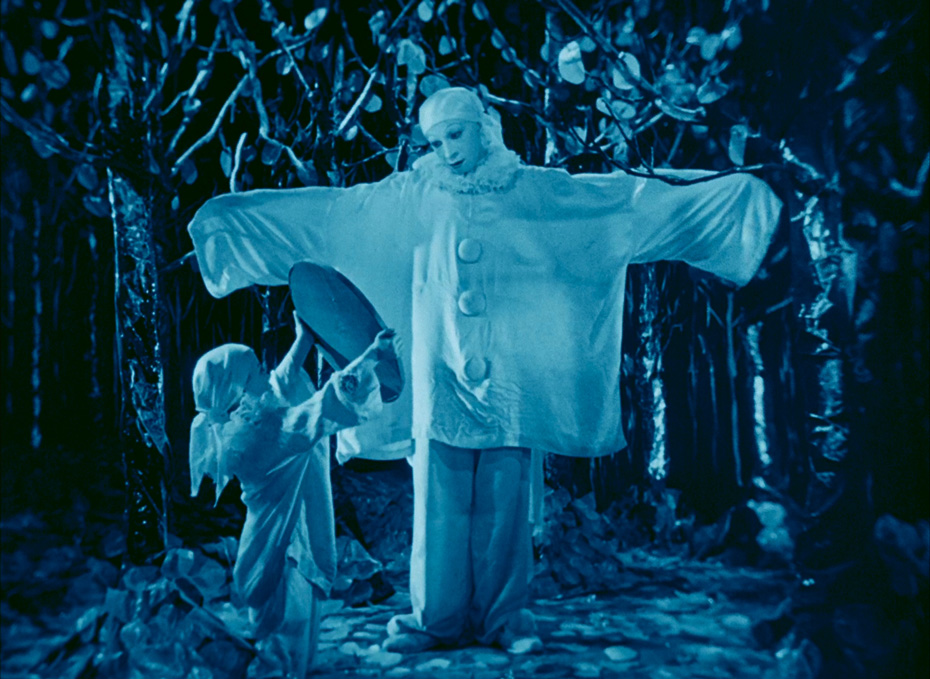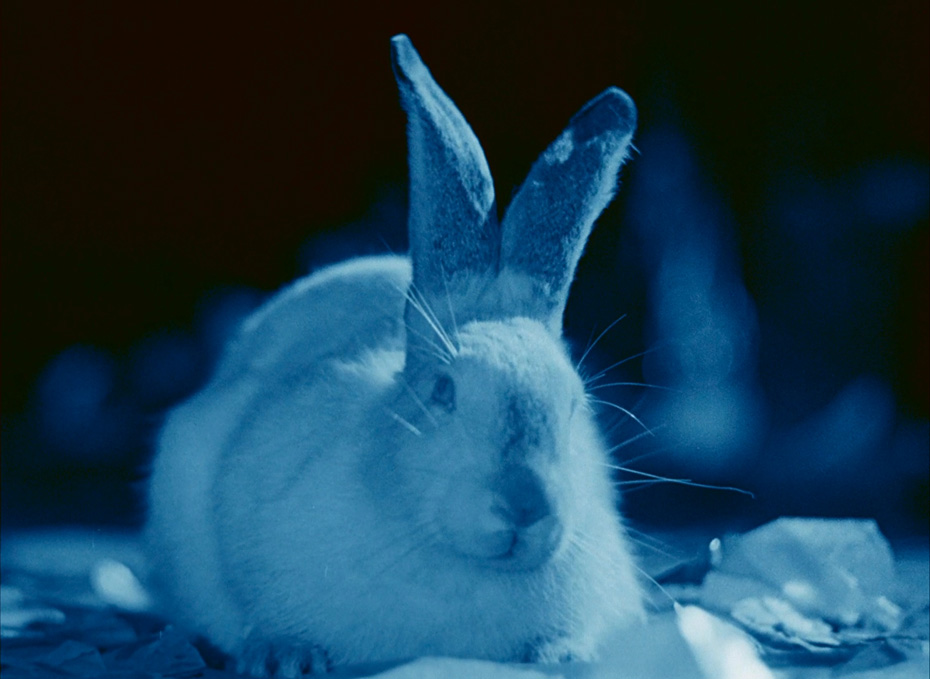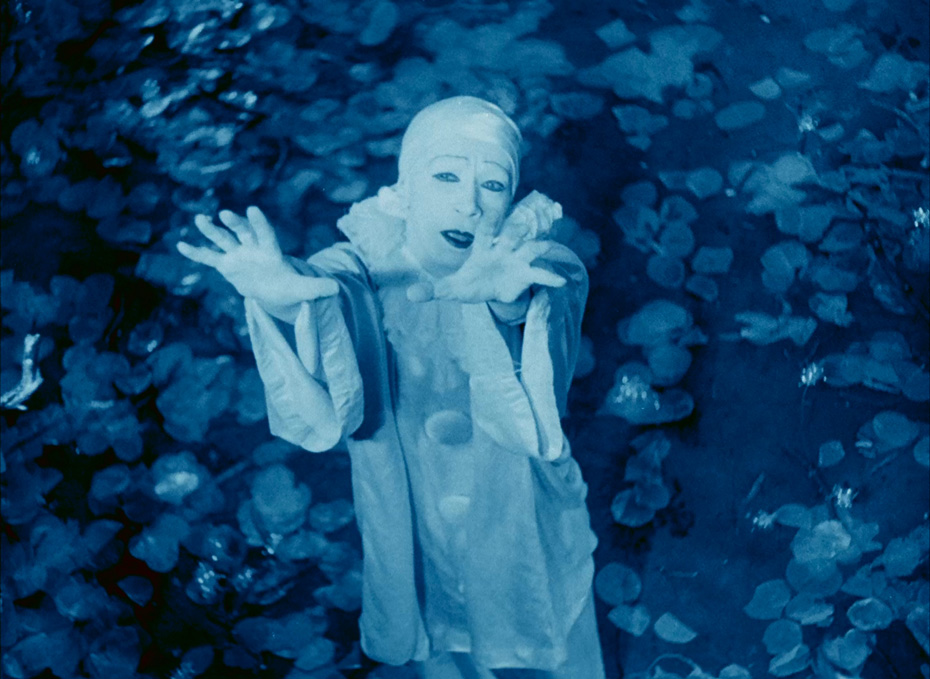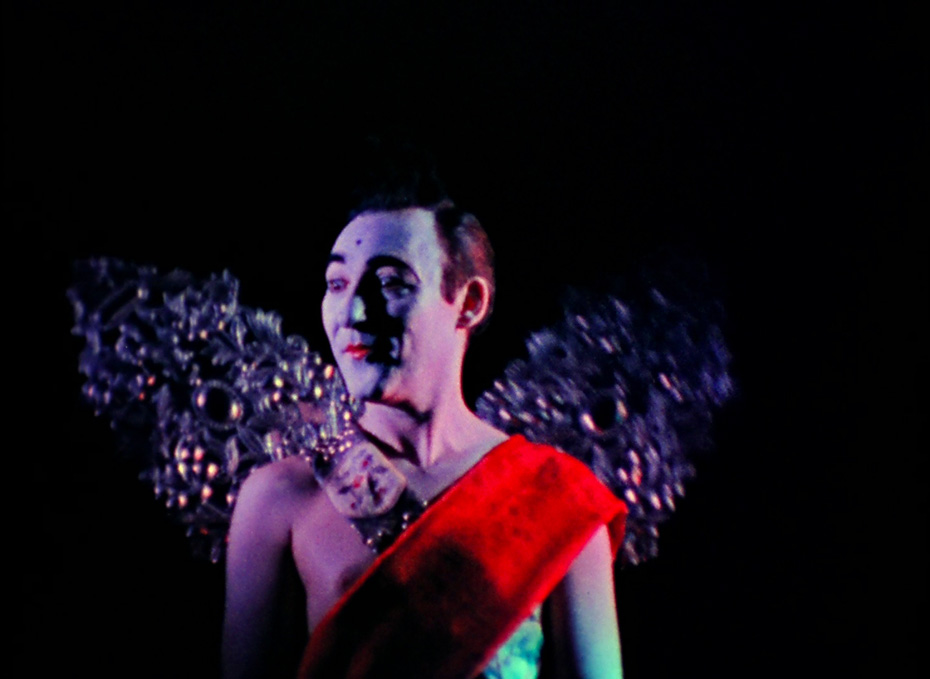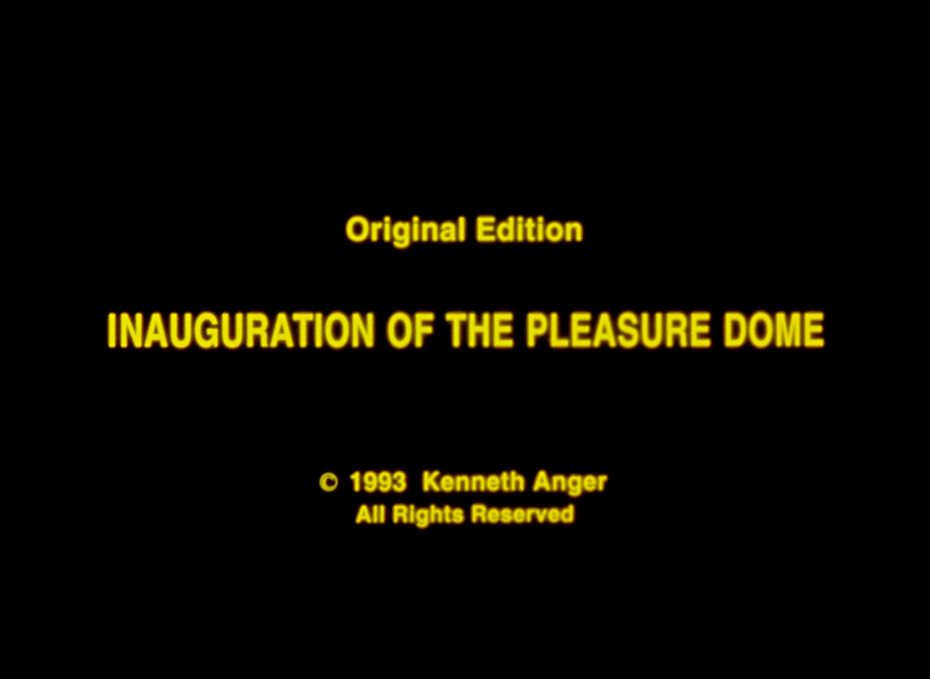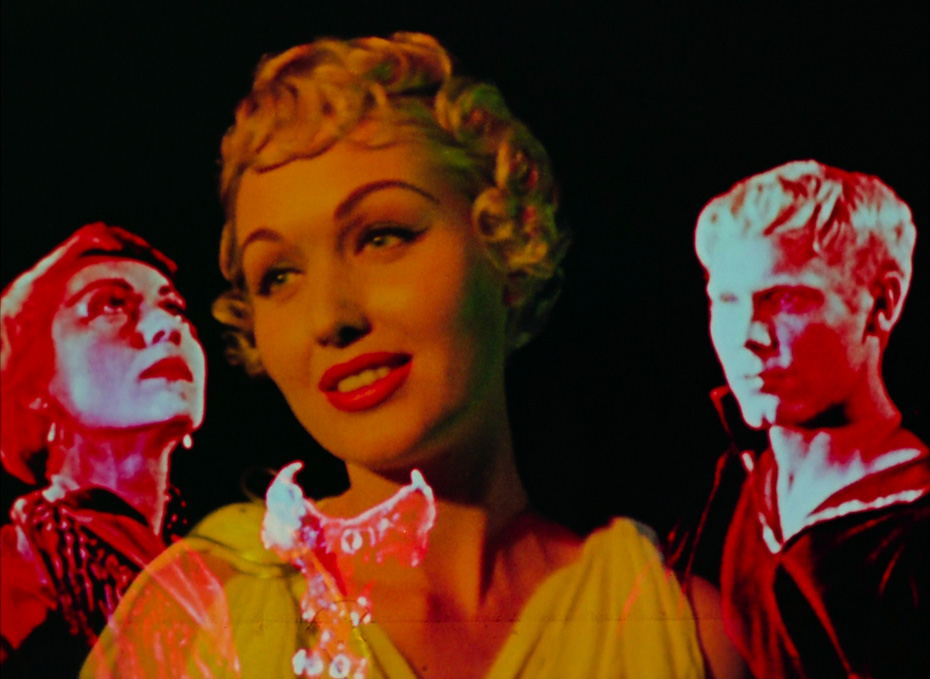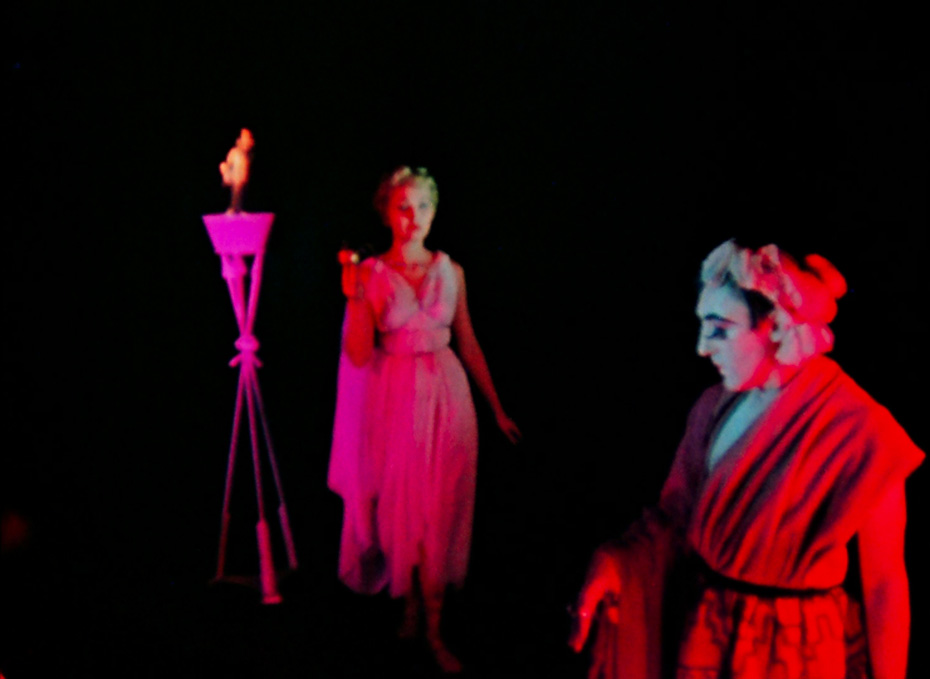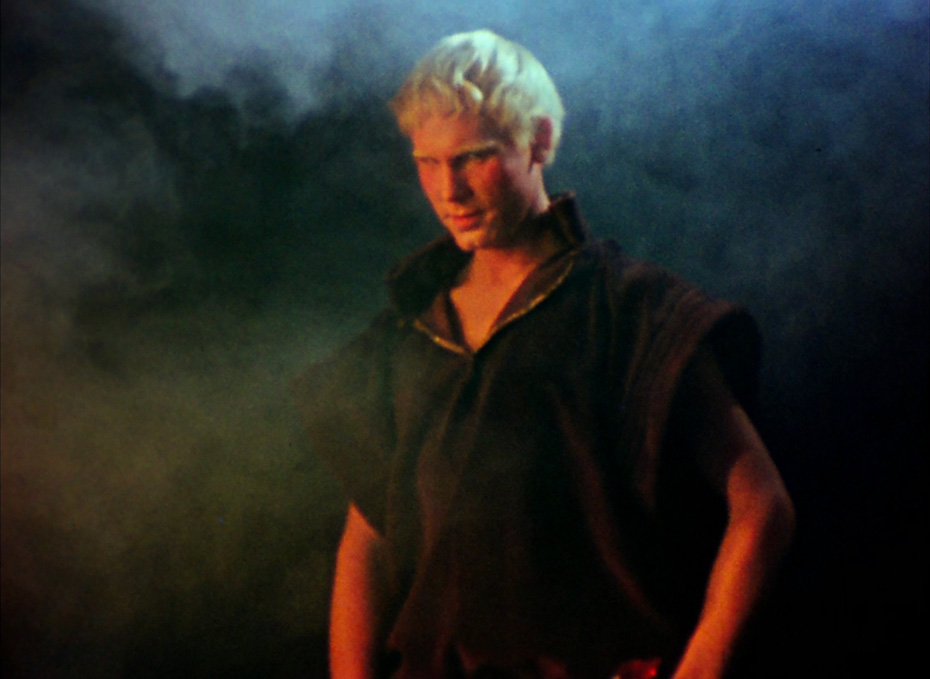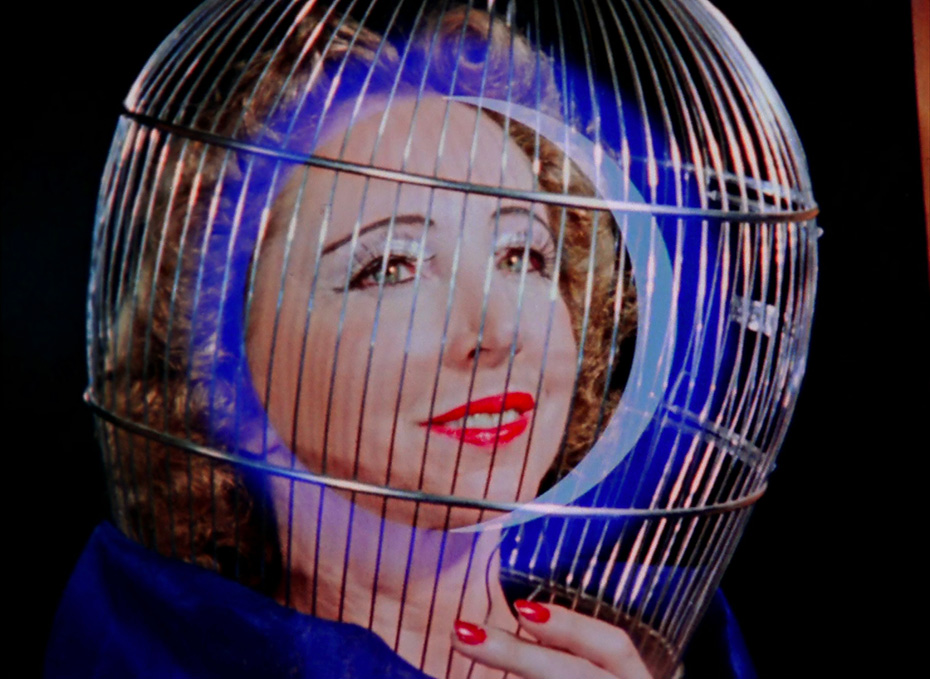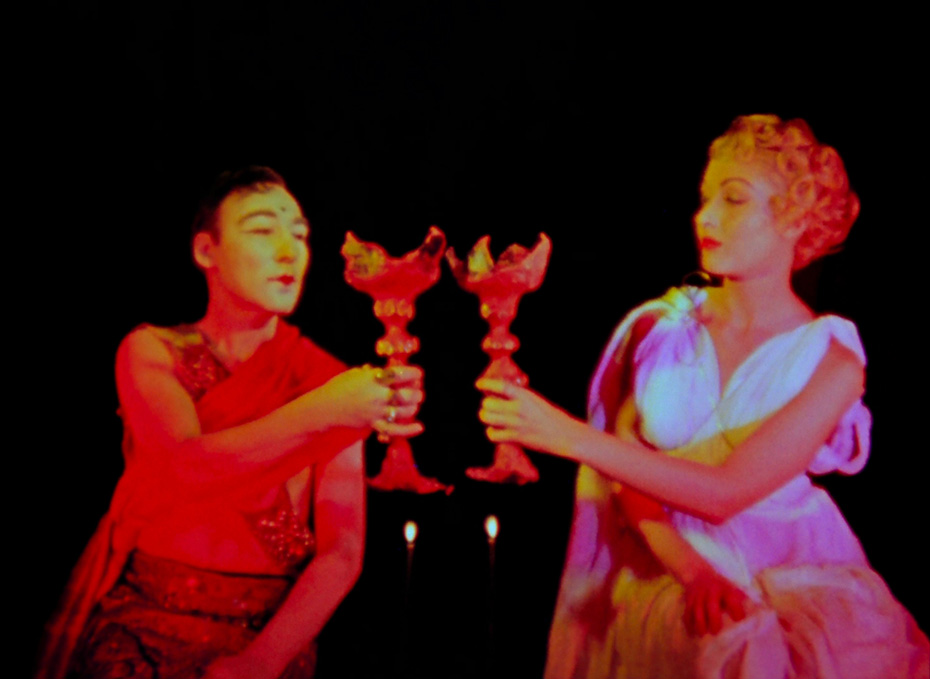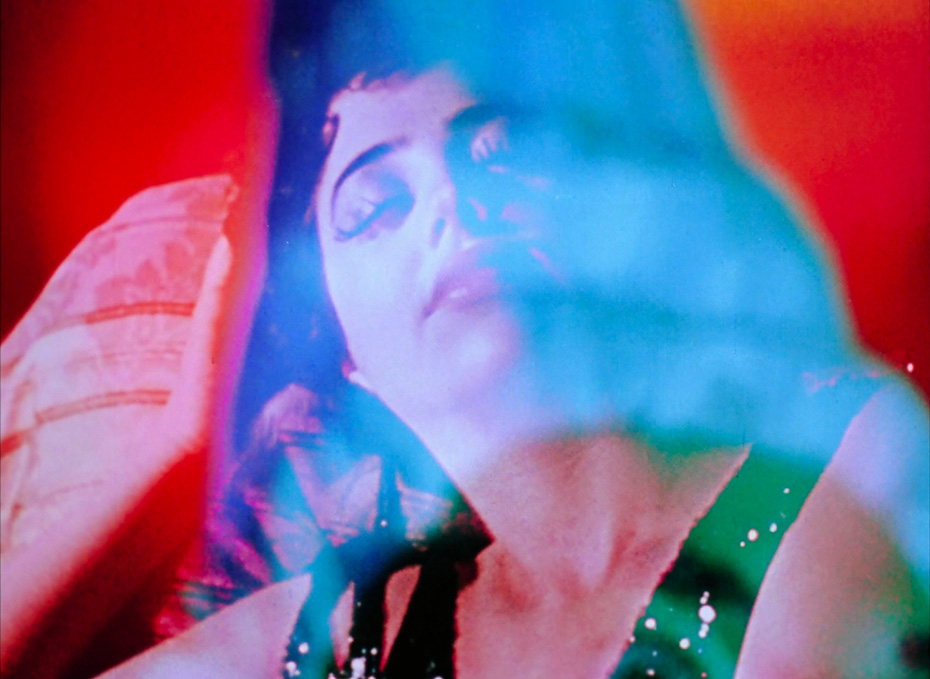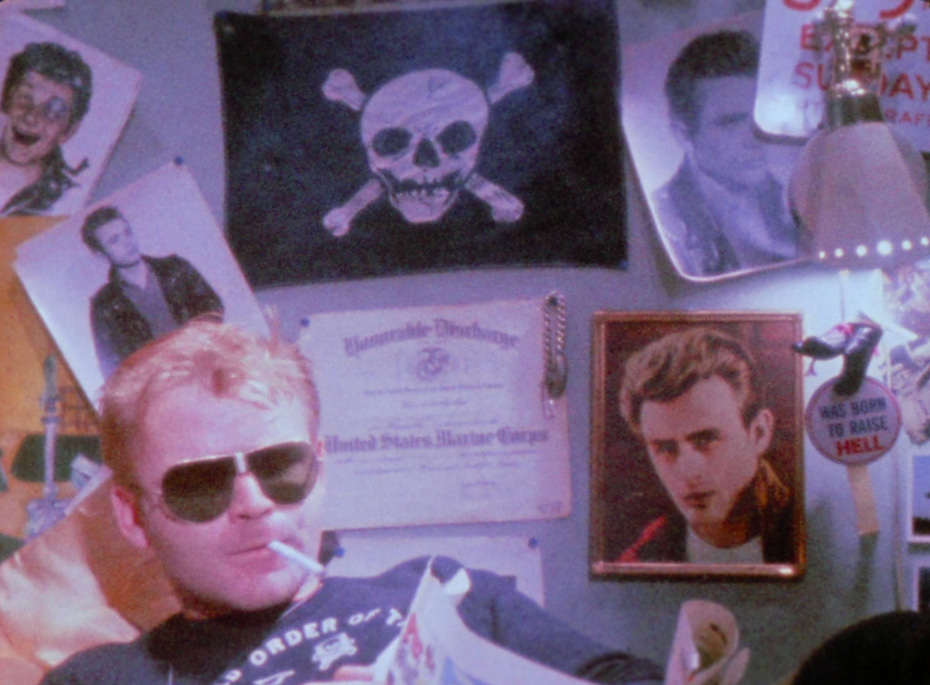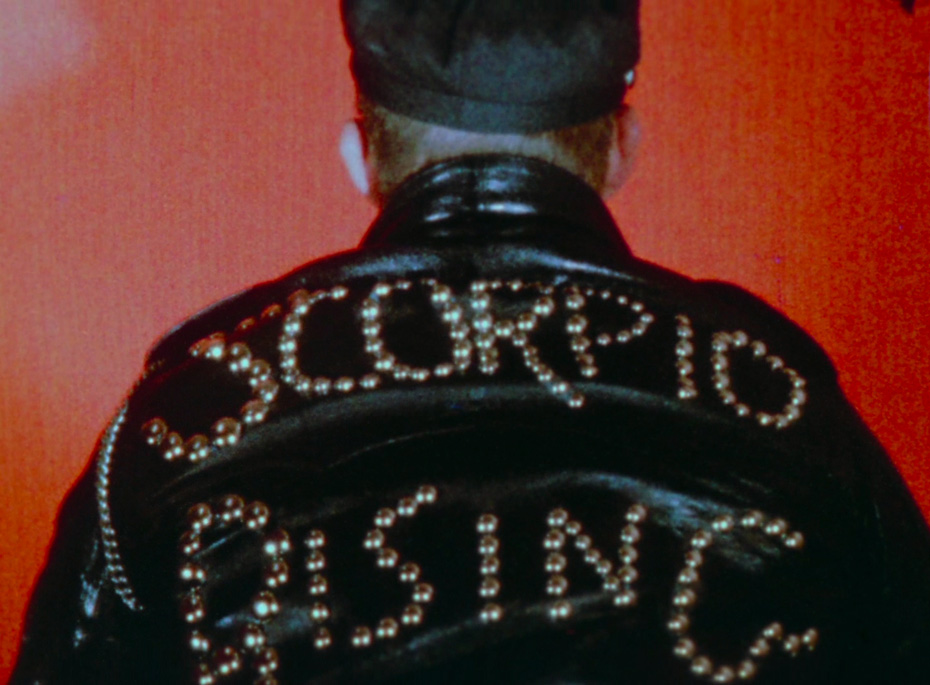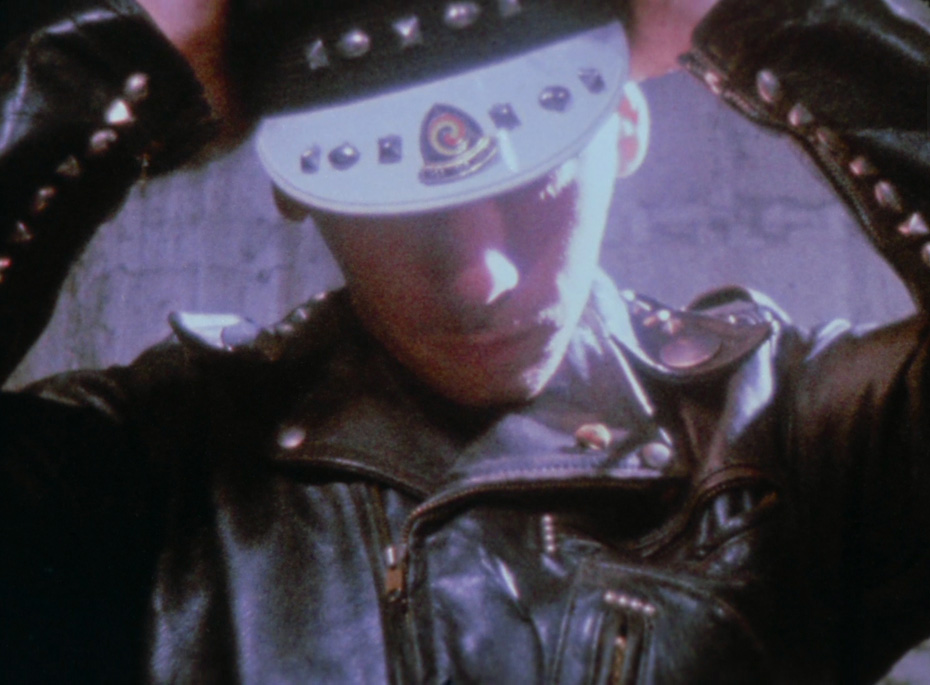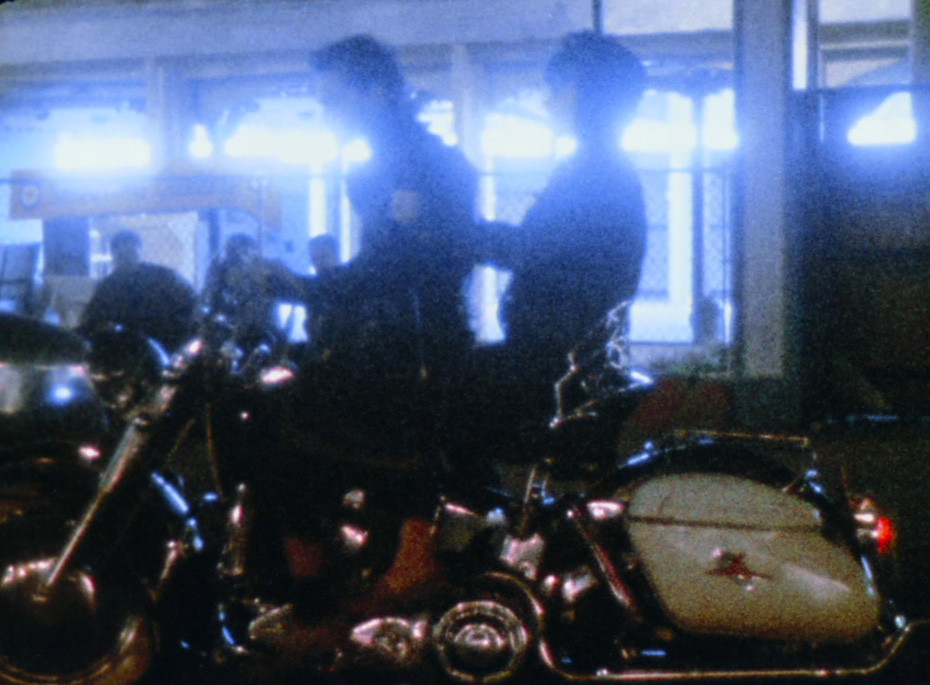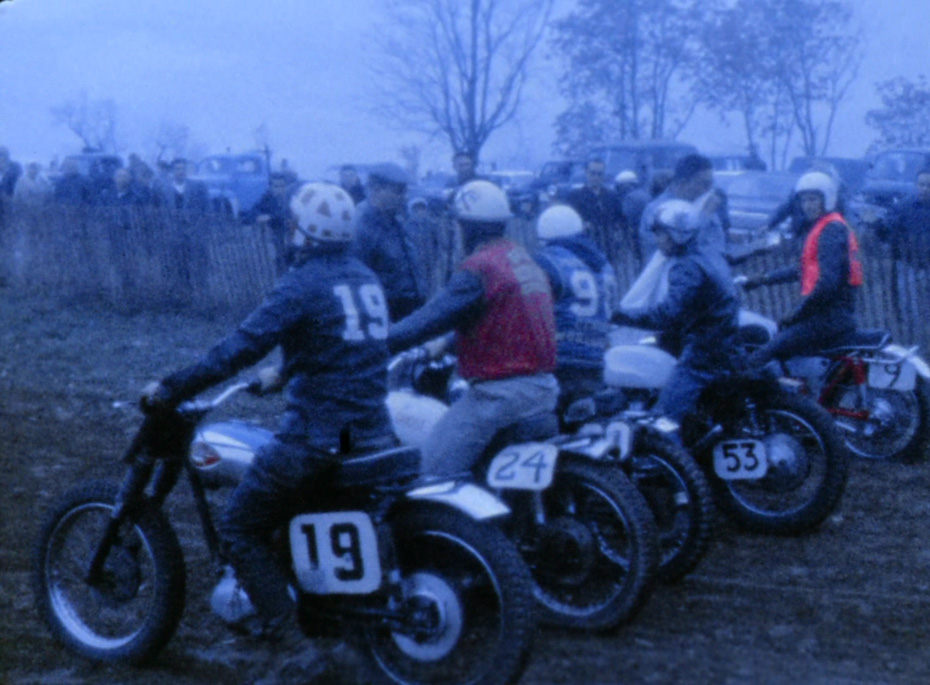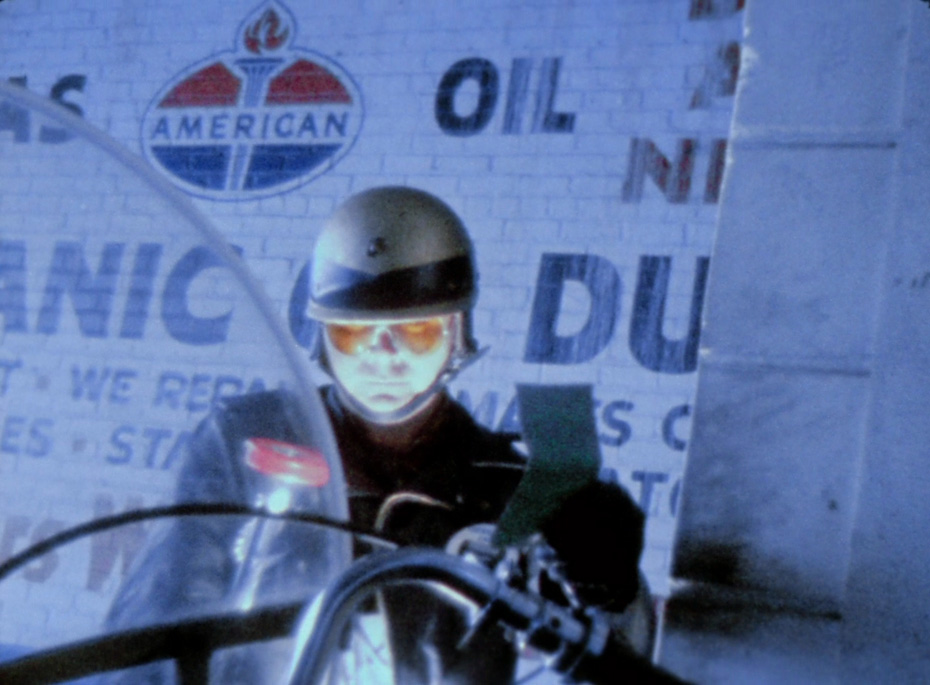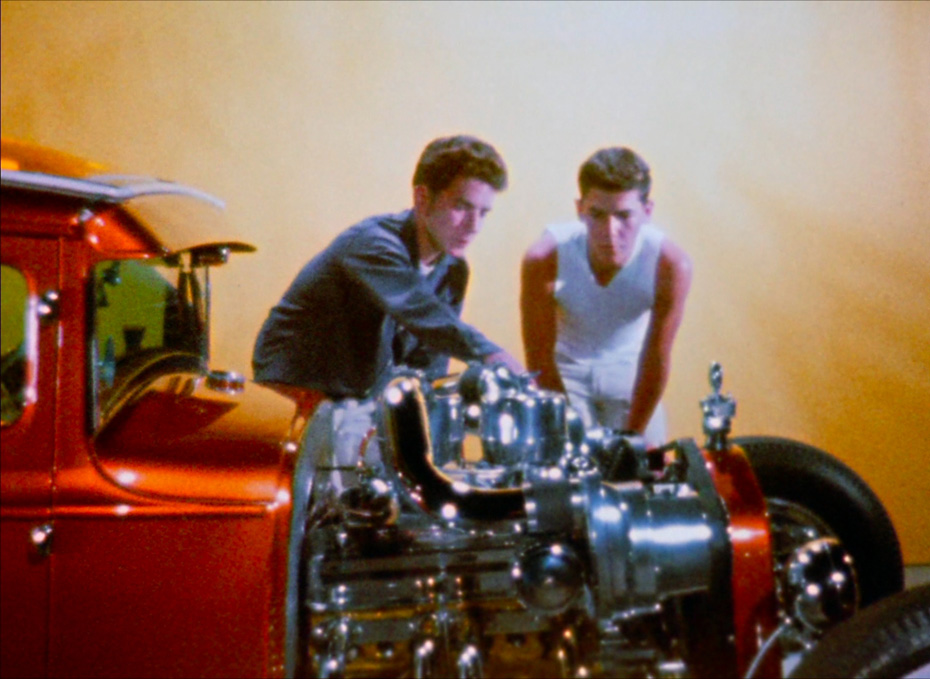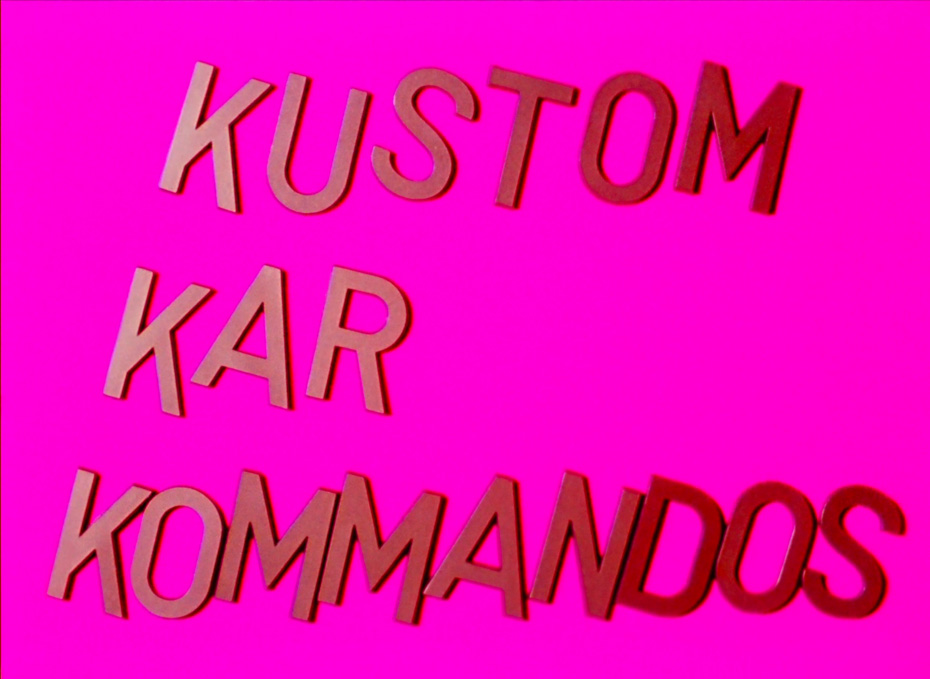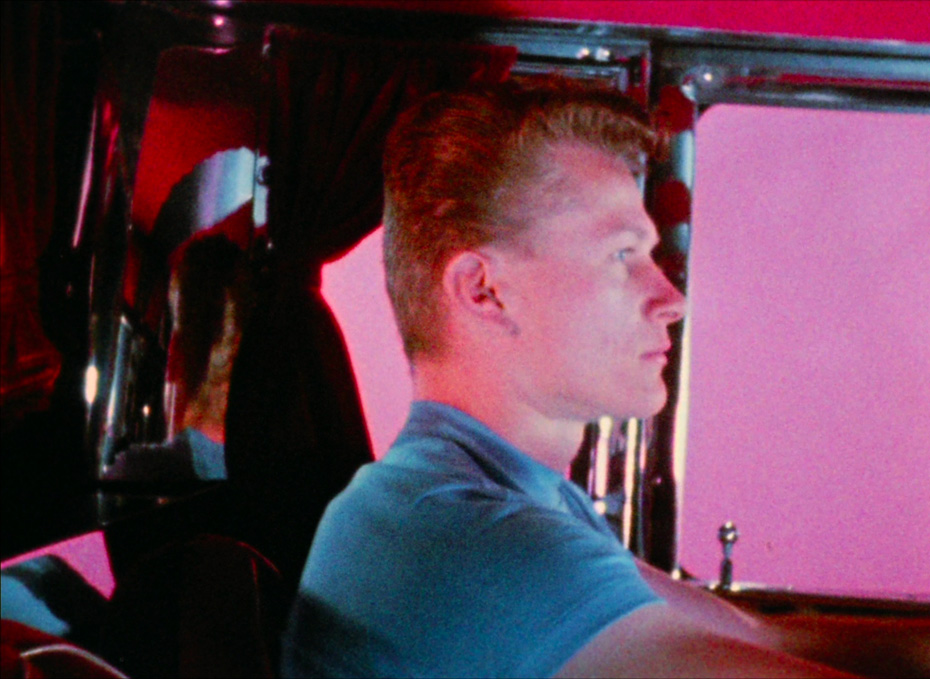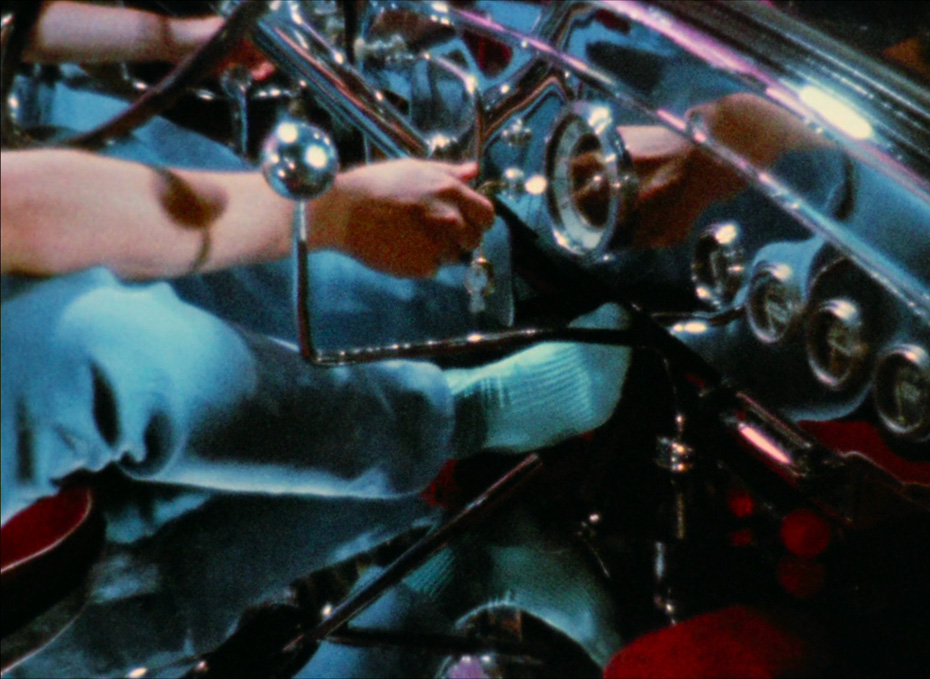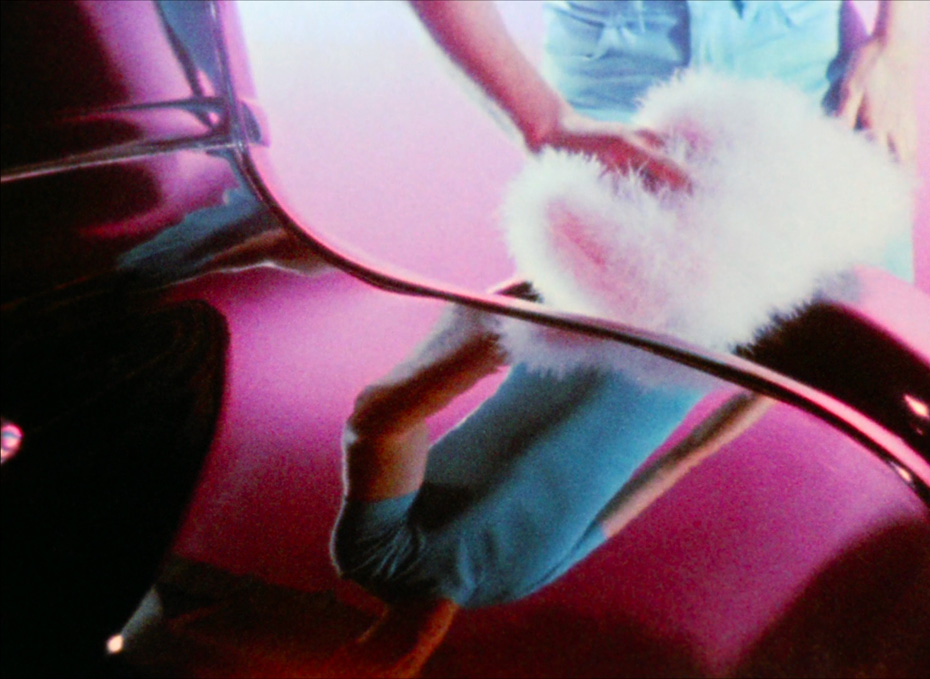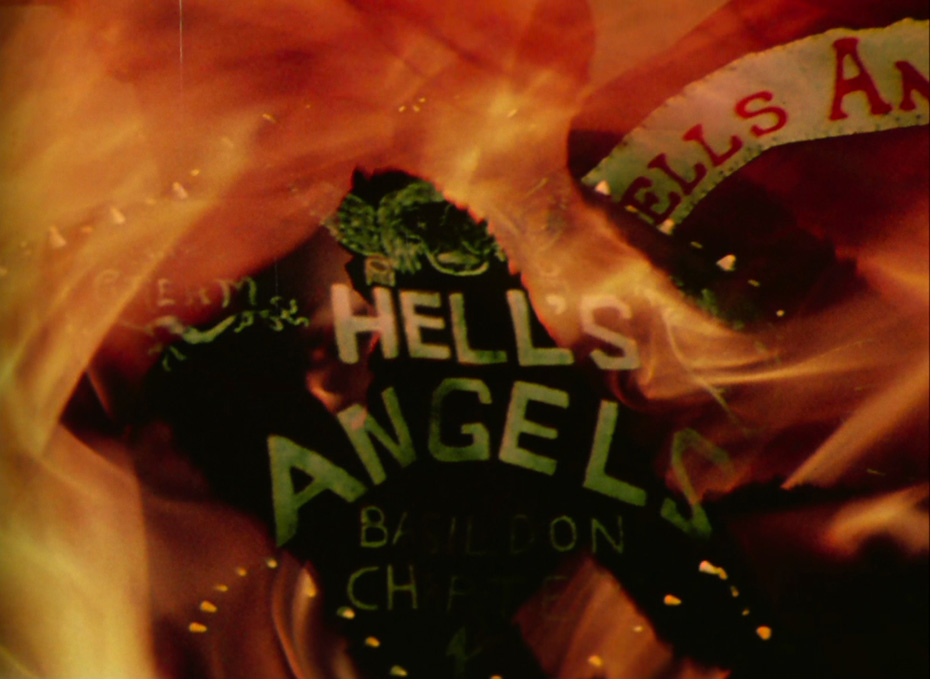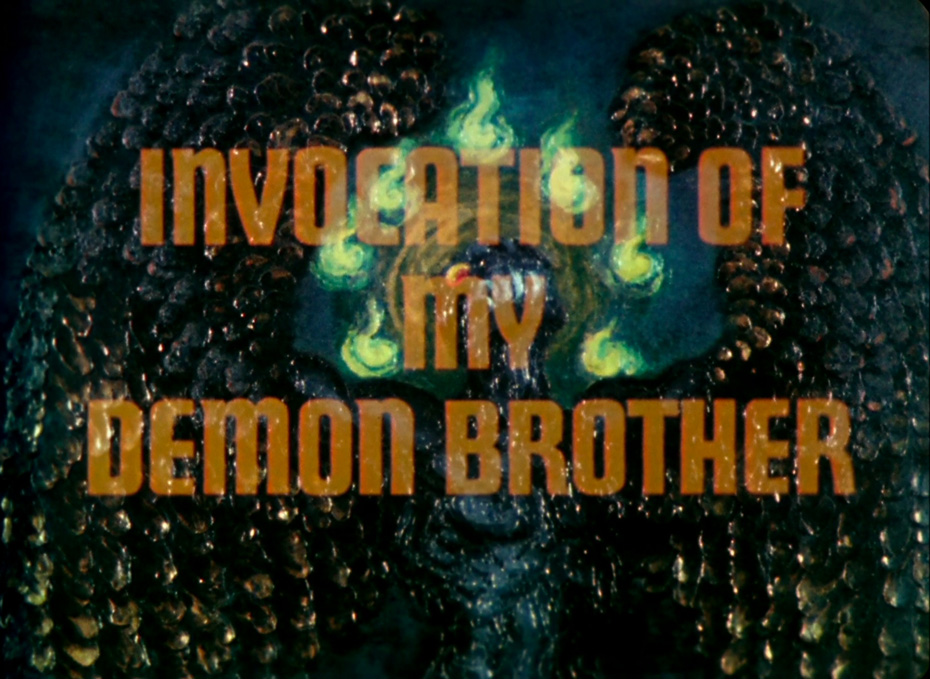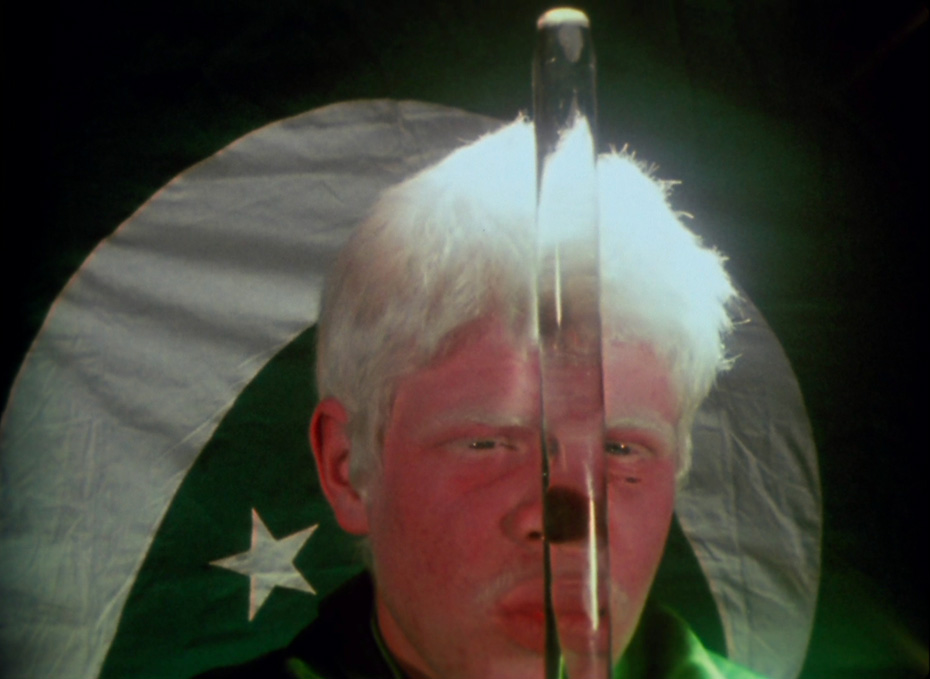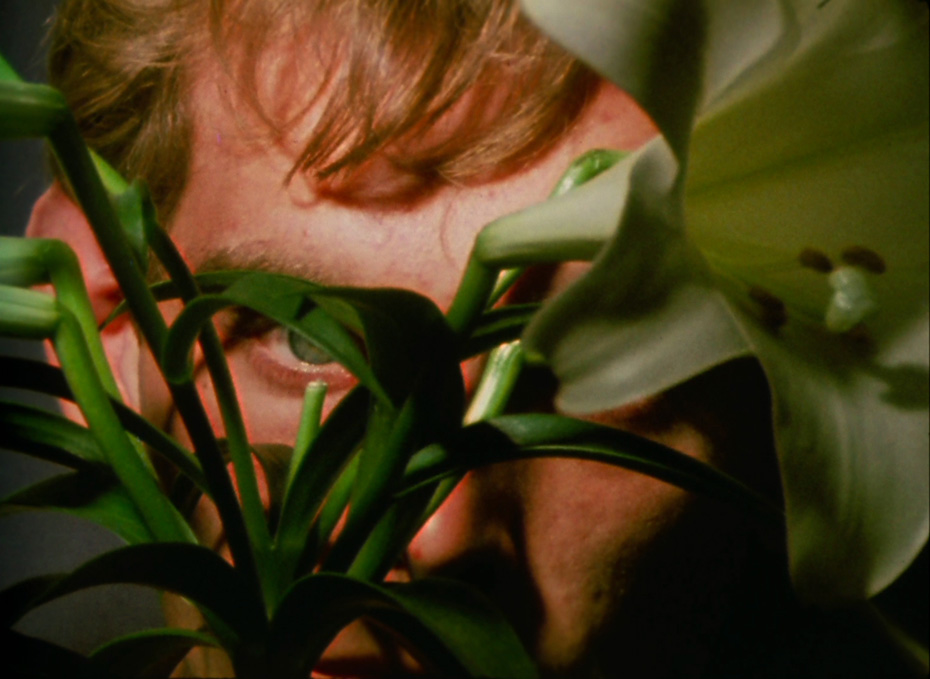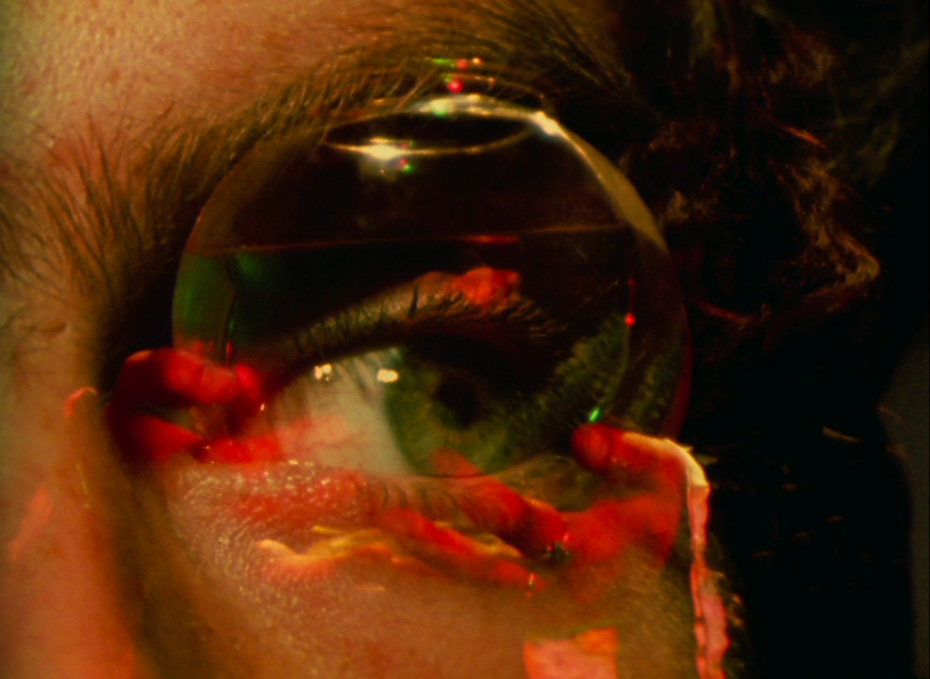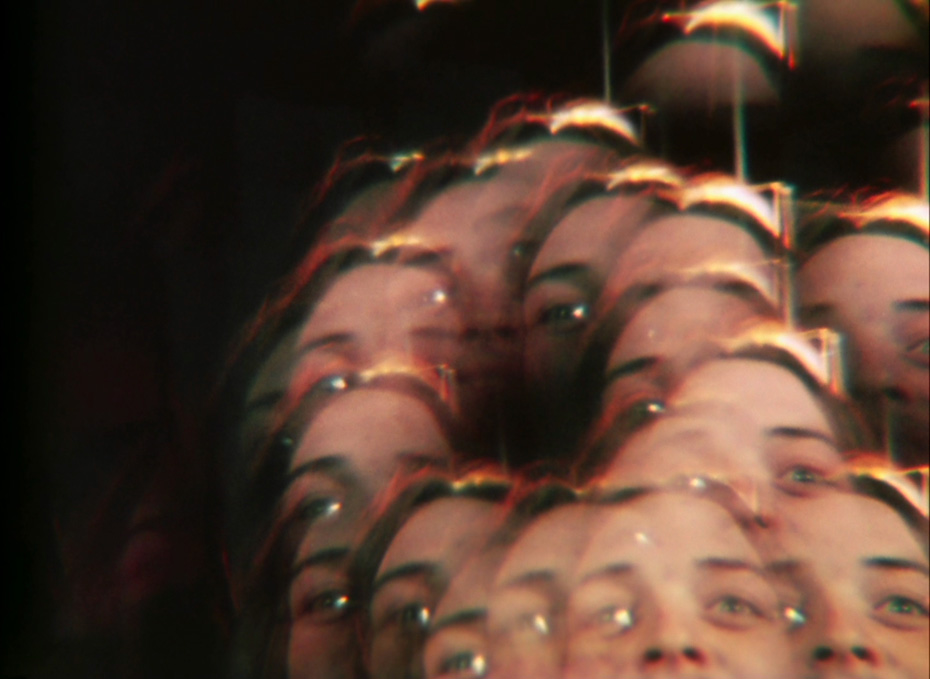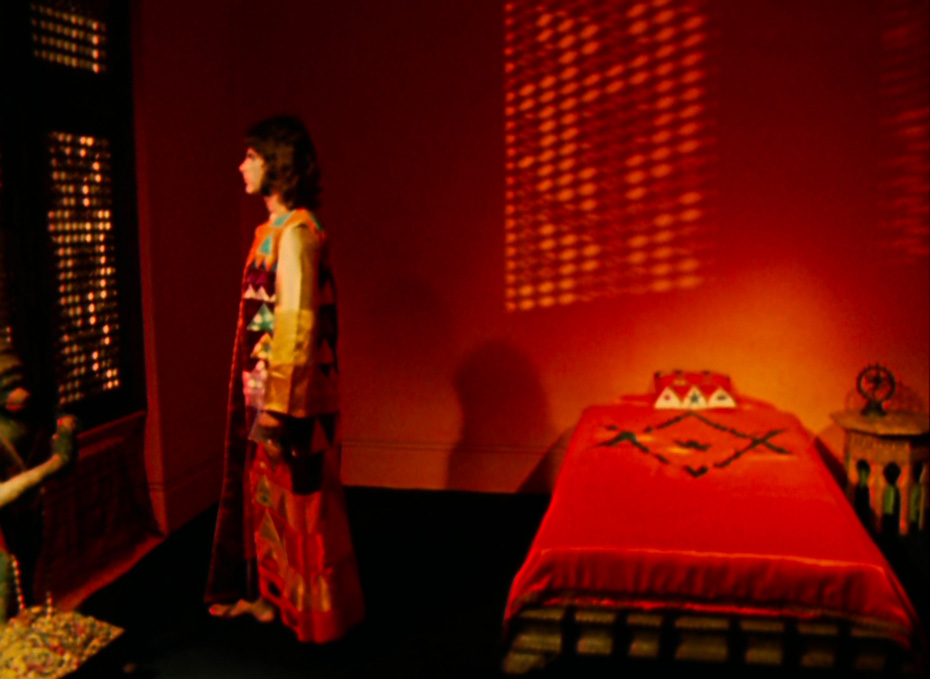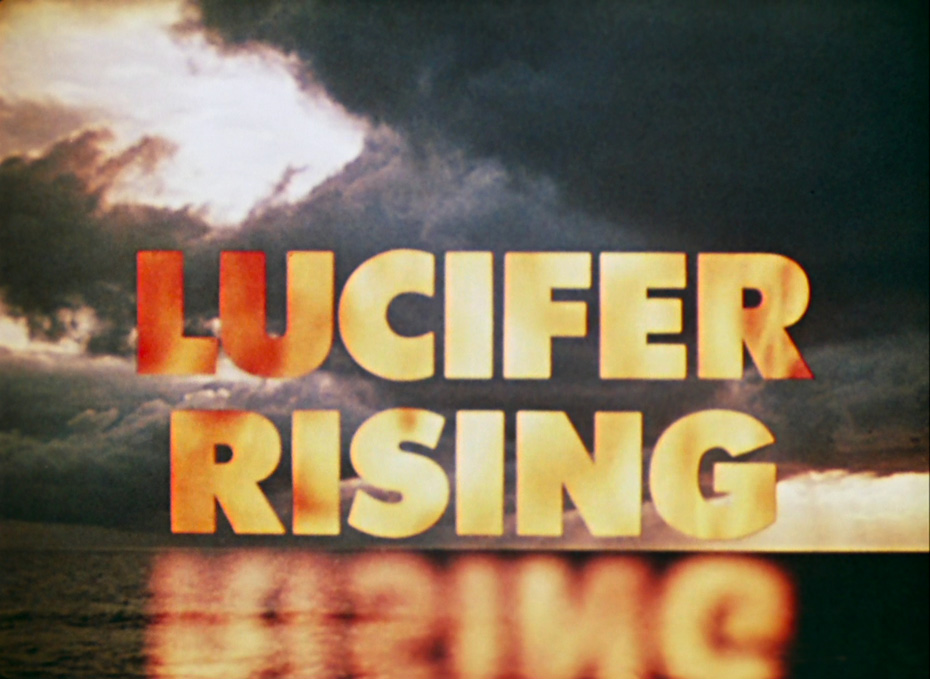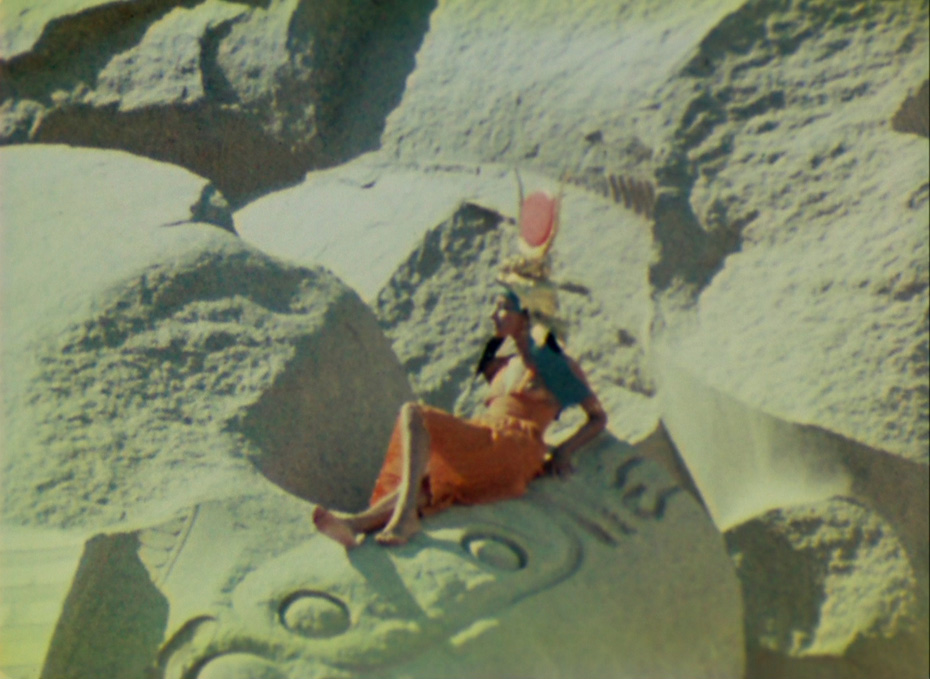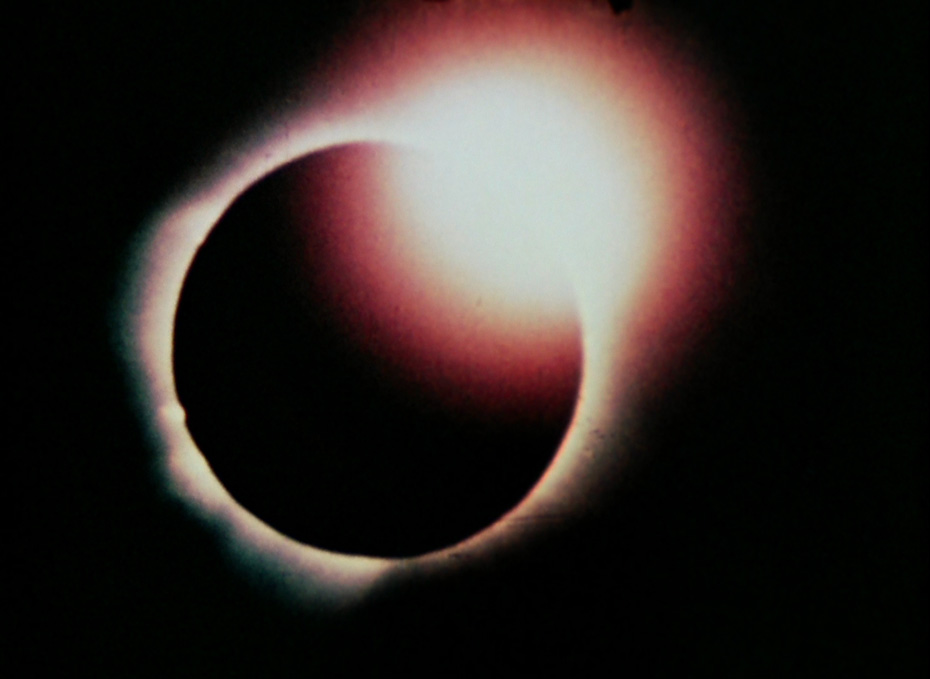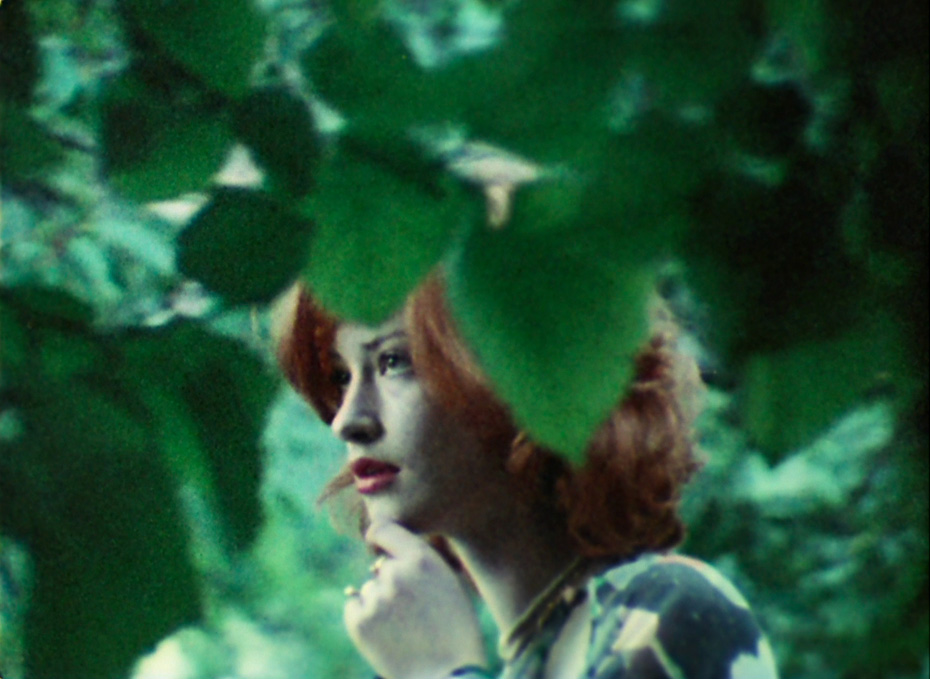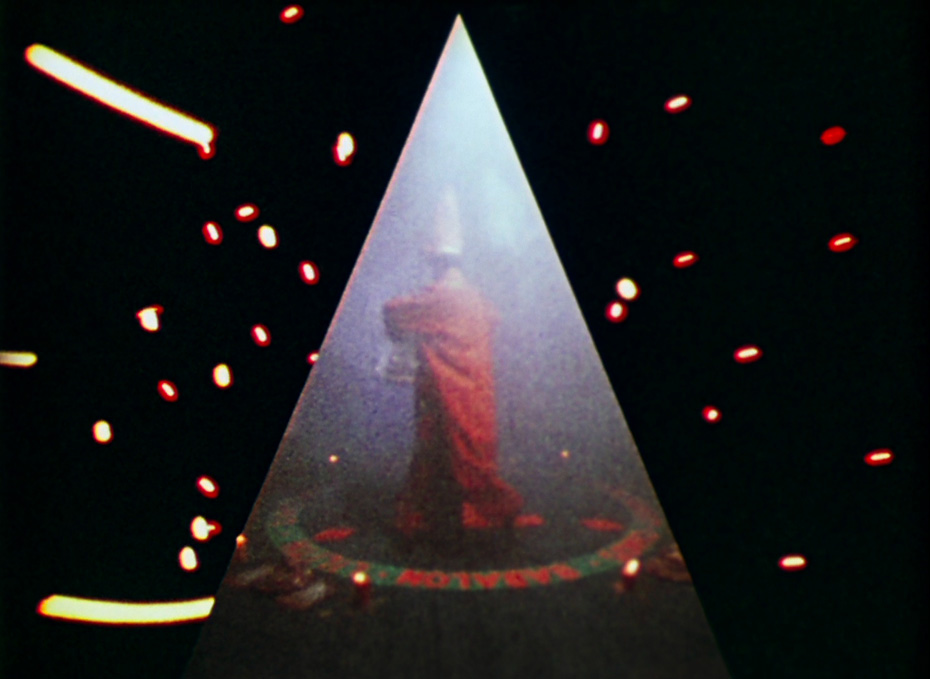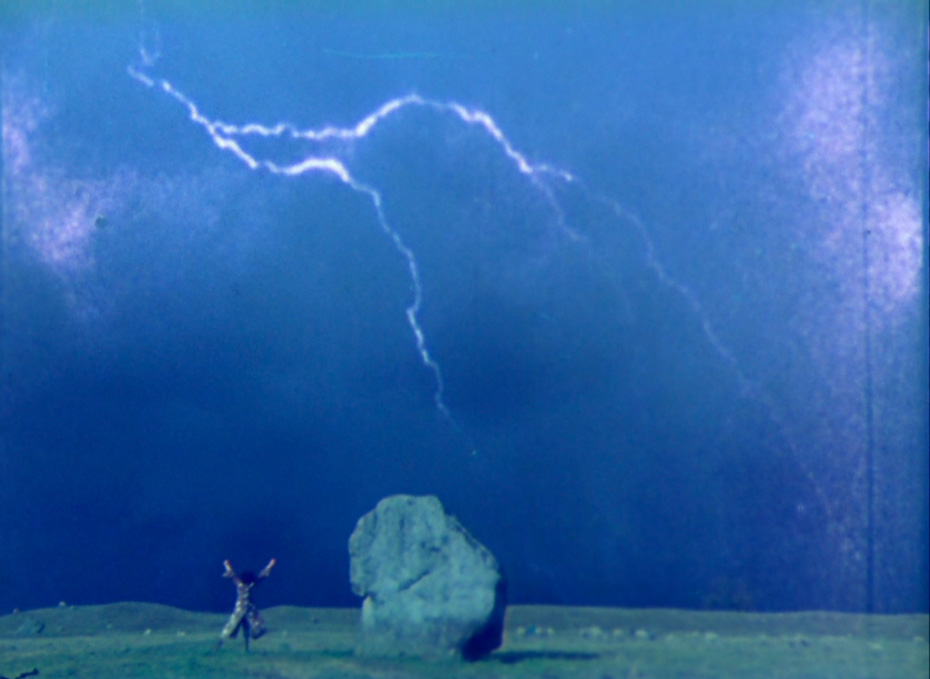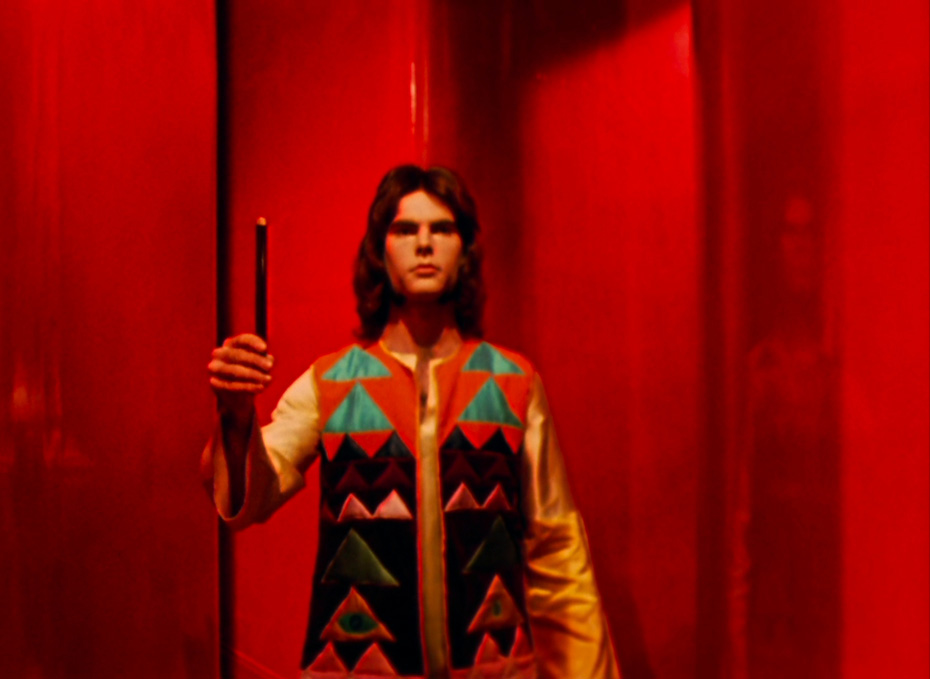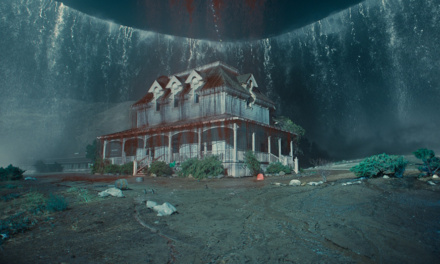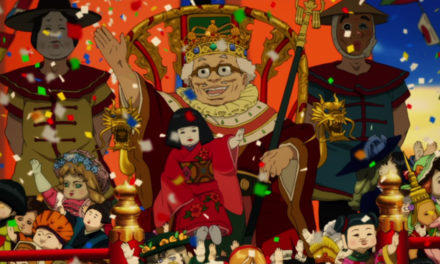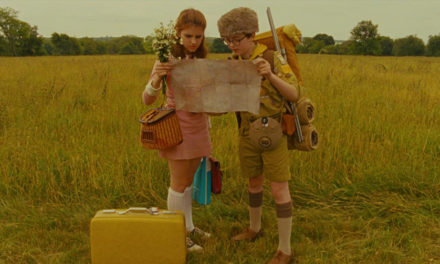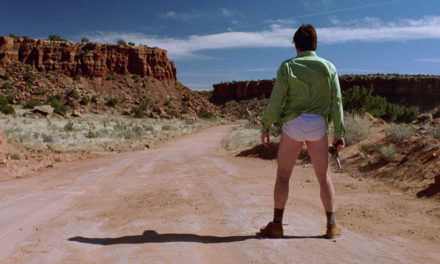06.06.23
A TRIBUTE TO KENNETH ANGER: THE MAGICK LANTERN CYCLE
On May 24, the filmmaking community mourned the loss of one of its most pioneering and influential artists. Kenneth Anger was an experimental short filmmaker and Hollywood historian whose iconoclastic body of work changed the course of American pop culture and visual art forever. Anger is perhaps best known for his series of films collectively known as the MAGICK LANTERN CYCLE.
Spanning 9 short films from 1947 to 1980, and featuring versions of films that in some cases were worked on and revised over decades, the Magick Lantern Cycle is a landmark of underground cinema, queer expression, and popular culture. Films from the Magick Lantern Cycle have been publicly cited as a crucial reference points by filmmakers such as Martin Scorsese, David Lynch and Jean-Luc Godard, and the series is widely considered a foundational influence of the modern-day music video.
In this article, we will take you through each of Kenneth Anger’s nine films in the Magick Lantern Cycle. They are all wordless, feature wall-to-wall score and are fearless in their design. We’ll look at the stories they tell, the controversies they stirred, and why they remain some of the most influential cinema of their era.
FIREWORKS (1947)
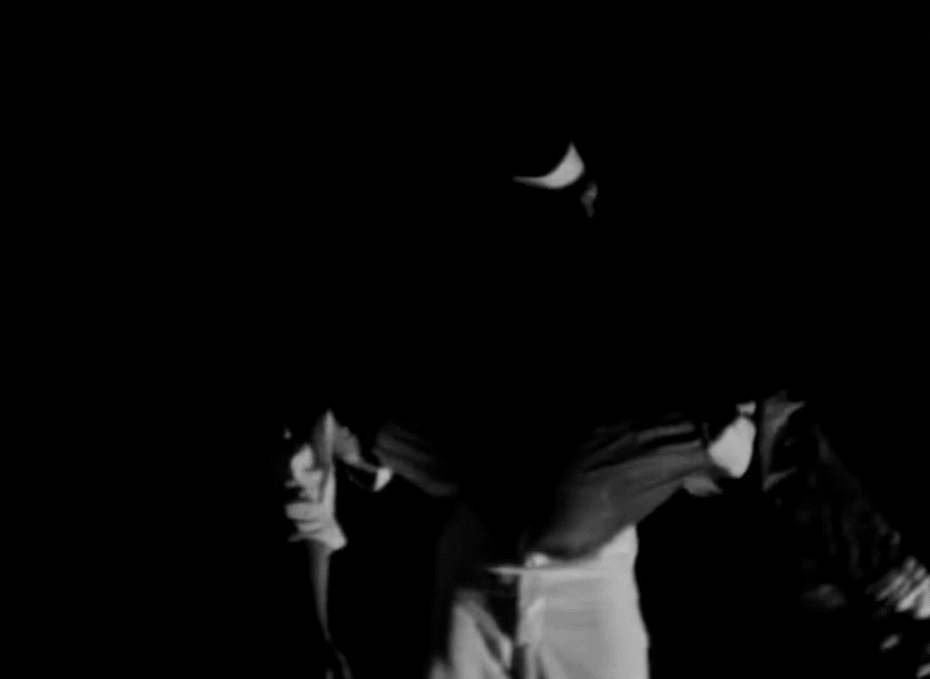
FIREWORKS follows a young man (played by Anger), who has a wet dream of being seduced and gang-raped by a group of sailors after he tries to pick one of them up. After the sailor flexes his muscles for the man and performs head-stands, the man offers the sailor a cigarette and is then confronted and violently attacked by the group of sailors. Blood spurts from his face as he is beaten with chains, a pocket watch is revealed inside his stomach as it is torn open, and then fireworks explode from his zipper, before images of his body begin to burn, and we are returned to see the man dreaming.
Fireworks stirred controversy on its release, causing Anger to be arrested on obscenity charges before the California Supreme court dismissed them, declaring the film to be art. Despite its humble origins (Anger and his crew made the film entirely in his living room) the film’s influence can be felt far and wide. Shots of the blood pouring from the man’s body feel recalled in moments from Martin Scorsese’s 1967 student film The Big Shave, while the gruesome images of the man’s stomach being torn open call towards some of the body horror sequences in David Lynch’s 1977 film Eraserhead.
PUCE MOMENT (1949)

PUCE MOMENT is a six minute segment filmed from a script Anger had written called Puce Women, which chronicled the glamor, decadence and decline of Hollywood in the 1920s and 30s. The film opens with the camera moving through a series of costumes being lifted off a rack by an unseen character, before finding an old-time Hollywood starlet (played by Anger’s cousin, Yvonne Marquis), who tries them on, looks at herself in the mirror and then walks out of her mansion with her dogs.
Anger originally scored Puce Moment with Verdi’s “La Forza del Destino”, before replacing it with a psychedelic folk-rock soundtrack performed by Jonathan Halper. Puce Moment pays tribute to the glamor of Hollywood costumes and the studio costume designers (Anger’s grandmother amongst them) who dressed the movie stars of the era. The film evokes images associated with the peak of the silent era, and speaks to celebrity culture around the Hollywood starlets of that time, several years before Billy Wilder’s Sunset Boulevard took on the same subject matter. Anger’s use of extreme close-ups and crossfades pushes the film into a kind of abstract expressionism that both exalts and disembodies its lead character.
RABBIT’S MOON (1950)
RABBIT’S MOON follows Pierrot (André Soubeyran), as he attempts to reach the Moon, which is occupied by a rabbit. He later tries to win the heart of Columbina (Nadine Valance) but is thwarted by Harlequin (Claude Revenant). Pierrot then discovers a magic lantern, before we see the Harlequin dancing with Columbina, and Pierrot’s body dropping onto the ground near the solitary rabbit.
Rabbit’s Moon was shot in 1950 on a soundstage loaned to Anger by French filmmaker Jean-Pierre Melville, but filming had to be abandoned after only a few days when Melville needed the studio returned. For years, the unfinished film was stored untouched at the Cinemathèque Française. Anger returned to it in 1970 and cut it into a 16 minute film. Rabbit’s Moon is a vital precursor to the contemporary music video due to its use of wall-to-wall pop music as soundtrack. Anger cut 1950s and 60s pop songs into the film, using “There’s a Moon Out Tonight” by the Capris, “Oh, What a Night” by The Dells, “Bye Bye Baby” by Mary Wells, “I Only Have Eyes For You” by The Flamingos and “Tears On My Pillow” by The El Dorados. The hard cuts of the music brought an avant-garde attitude to what a score could sound like in film. Rabbit’s Moon was entirely shot with a blue filter over the lens and hard studio lighting setups, capturing the look and feel of nitrate film and becoming one of the only post-WWII experimental shorts to successfully recreate the look of a late 19th century lanterna magica – an early type of projector that would use images on transparent plates behind a lens with light projecting the picture.
EAUX D’ARTIFICE (1953)

EAUX D’ARTIFICE takes place in the Garden of the Villa D’Este in Tivoli, Italy, a water garden filled with classical statues and fountains. The film follows a woman dressed in 18th century period clothes as she walks through the park, her movement set to Vivaldi’s “Four Seasons”. The woman moves faster and faster, until she appears to become one with the water around her. The film was selected by the US Library of Congress for the National Film Registry in 1993.
Anger cast Carmella Salvatorelli in the lead role of Eaux D’Artifice. Carmella was a little person who Anger was introduced to through Federico Fellini. Anger was interested in working with Carmella partly because of the inspiration he drew from Italian etcher Piranesi, who played with scale in order to create a sense of grandeur in the locations he captured. Anger shot Eaux D’Artifice on 16mm Ferrania panchromatic reversal film stock using a deep red filter on the lens in order to create the movie’s day for night look. This created major production challenges, because the crew had to shoot when the light was right in a location where they already had limited time and spatial access. The title itself is a play on words evoking the French expression feux d’artifice, which means “fireworks” – a reference to his earlier film and an expression of the freedom Anger felt in his time in Europe.
INAUGURATION OF THE PLEASURE DOME is one of Anger’s most expansive and bold short film projects. Scored to “Slavonic Mass” by Czech composer Leoš Janáček, Inauguration of the Pleasure Dome follows a series of mythological creatures, biblical characters and historical figures as they gather in the “pleasure dome”. What follows is a series of striking images, cuts and superimpositions that bring the figures together, paired with footage from the Hell sequence of the 1911 Italian silent film L’Inferno and Anger’s 1949 film Puce Moment.
Inauguration of the Pleasure Dome was originally conceived as a three-screen film, inspired by Abel Gance’s 1927 film Napoléon, which used a triptych format. Anger originally screened the film with three screens at the Brussels World’s Fair as well as at several film festivals, before cutting the final version to a single screen, bringing together the other two reels and incorporating them using the superimpositions and avant-garde editorial patterns that the film is now famous for. Anger got the idea for the film from a Halloween party he attended where friends of his came dressed as gods and goddesses, creating a film that many consider today to be the most stylistically bold of Anger’s filmography.
SCORPIO RISING (1963)
SCORPIO RISING is perhaps the strongest indication in Anger’s filmography that his short film work would serve as a milestone precursor to the music video. The film follows a group of young men – some neo-Nazis, other motorcycle gang members, as they get ready for a night out. Cross-cut with footage of film stars like Marlon Brando and James Dean, scenes of Jesus Christ and his disciples from Last Journey to Jerusalem, as well as footage of Adolf Hitler, the men are shown riding their bikes around a dirt track (perhaps a flashback), before we see them leaving a venue at night on their bikes. The film then ends with images of a dead man.
Anger intended Scorpio Rising to be his take on the lifestyle of motorcycle gangs, neo-Nazis, and the homoerotic undercurrents in those sub-cultures. He saw himself and Bruce Conner as pioneers of using pop music as modules within the film, and wanted to treat them as a kind of narration, providing ironic commentary on what is going on in the imagery and deliberately pointing out the feminine tendencies of the men in the film.
During post-production of the film, Anger had a package of 16mm film accidentally dropped off at his home, with footage from Last Journey to Jerusalem. Anger saw the parallels between Jesus and his disciples with the motorcycle gang and their propensity to follow an idea as a group, inspiring him to cross-cut those scenes in the short. The editorial patterns and filming techniques of Scorpio Rising make it one of the most stylistically bold of the Magick Lantern series and its influence can be felt throughout the American counterculture movement that would follow in the coming decades.
KUSTOM KAR KOMMANDOS (1965)
KUSTOM KAR KOMMANDOS is a fragmented short film, pulled from a longer project that was never completed due to lack of resources. The 3 minute film starts with two young men looking at a hot rod, and then follows one (Sandy Trent) erotically buffing the car in front of a pop pink backdrop to the tune of “Dream Lover” by The Paris Sisters. The slow-motion, camera angles and color design coupled with the music suggest an intensely erotic relationship between man and his machines.
Kustom Kar Kommandos was originally intended to be a 45 minute film, which had to be reduced to 3 minutes when Anger’s grant from the Ford Foundation film ran out. Anger intended the film to be a parallel piece to Scorpio Rising, and similarly end in a race. Despite the title, Anger claims that the film is not commenting in any way on the Klu Klux Klan, given that in custom car culture, they use Ks instead of Cs. Anger filmed the short in Trent’s own garage – it was Trent’s car, and Trent had done all the work on it. After seeing the clutter in the garage, Anger decided to bring in a twelve foot wide roll of seamless pink paper to simplify the set, have the colors pop, and isolate the man and the car to treat both of them as art objects.
INVOCATION OF MY DEMON BROTHER is an 11 minute short film built largely out of footage originally shot for another film in the cycle, Lucifer Rising. The film includes an original score composed by Mick Jagger, and features Jagger himself, Bobby Beausoleil (a member of the Manson family) and Anton LaVey (the founder of the Church of Satan). The film follows a cast of characters as they gather together, smoke hashish out of a skull and perform Satanic rituals, all cross-cut and superimposed with images of witchcraft and psychedelic abstractions.
By using what he called “scraps” from Lucifer Rising to construct Invocation of My Demon Brother, Anger created a deliberately rough and disjointed texture for the short film. The film was shot in San Francisco at the Straight Theater in Haight-Ashbury and at the William Westerfeld House. The color scheme, editing patterns and prevalent use of cross-fades recalls the hypnotic imagery associated with many of Anger’s films, while his inclusion of figures such as Jagger and Beuasoleil demonstrates Anger’s interest in clashing together the worlds of pop and underground culture. The homoeroticism of the imagery and the overt references to Satanism make the film another transgressive and rebellious entry in Anger’s filmography.
LUCIFER RISING (1974)
The final installment in the Magick Lantern Cycle, LUCIFER RISING is one of Anger’s best-known short films. The 28 minute film depicts a series of ceremonies, movements and rituals cut together with a variety of images and experimental editing techniques that had by now become a part of Anger’s visual signature. The film was among the first to foreground black magic, telling the story of Egyptian gods summoning the angel Lucifer in order to usher in a new occult age, in accordance with the principles of the Ordo Templi Orientis (OTO), which Anger himself was a part of.
Anger’s inspiration for the film partly came from taking pictures of Black Saturday – the anti-British riots in Cairo in 1952. Anger filmed people jumping from windows of the Shepheard Hotel and being massacred in the street. Lucifer Rising is perhaps the most slow-paced and patiently constructed of Anger’s short films, creating associations through gradual crossfades, pans, and tilts that hold longer shots with slower movements from the actors, eschewing the frenetic cutting and style of some of his previous work. Anger originally began working on the music for the film with Bobby Beausoleil, but after Beausoleil was arrested for the murders he carried out as part of the Manson family, Anger asked Jimmy Page to construct the music. Anger reports that Page’s drug addiction stopped him from following through, and in the end, Beausoleil and other musicians who were also in prison completed the score together for the film.
Kenneth Anger’s bold use of imagery, music and editing has created a body of work that stands alone among experimental filmmakers of the 20th century. The Magick Lantern Cycle films have left a long-lasting impression for their visual bravura, their use of symbolism and the way that they brought together underground art, pop culture, and social transgression in both sound and image. Anger’s legacy as an artist and film culture icon cannot be understated, in the filmmakers he has inspired, in the boundaries he broke for queer artists, and in the possibilities he uncovered for the experimental form.
SOURCES
In Praise of Shadows – The Mysteries of the Magick Lantern Cycle
The Guardian – Kenneth Anger Obituary
NYT – Kenneth Anger, 96, Dies – Experimental Filmmaker Left a Pop Culture Legacy
Dazed – Kenneth Anger, In His Own Words
Far Out Magazine – How Kenneth Anger Changed Martin Scorsese’s Approach to Filmmaking
The Guardian – Kenneth Anger: ‘No, I am not a Satanist’
A Critical Cinema – 5 Interviews with Independent Filmmakers, Scott MacDonald
Electric Sheep – Interview with Kenneth Anger

